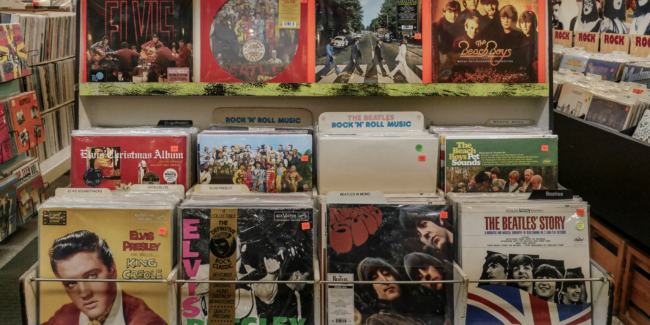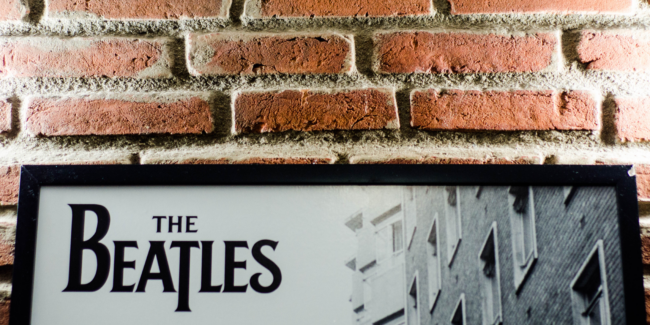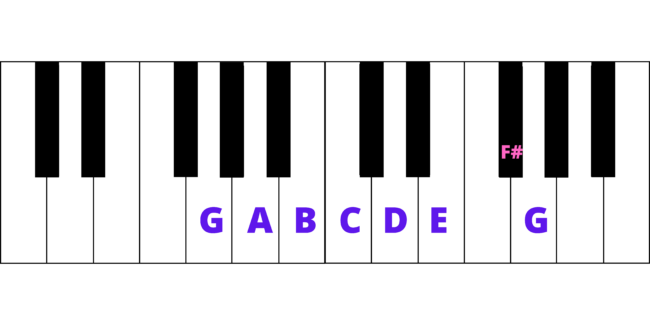Easy Piano Music for Beginners

If you’re just beginning to learn piano music, these tunes will be achievable, fun, and help you get comfortable with the instrument.
Learning to play piano music can be technical—a new language of theoretical information that can sometimes take the fun out of music.
While it is critical to learn the mechanics of piano music, it’s even more important to have fun (at least while starting). Interesting, satisfying, and enjoyable moments motivate us to keep going!
We’ve broken down a couple of easy and loveable songs for you that should be a blast to play, sing, and dance to.
Before you do, check out Piano Chords for Beginners for a better grasp of playing notes and chords.
Let It Be – The Beatles
It’s sort of unfathomable how much influence The Beatles have in popular piano music. “Let it Be” is one of their most famous, and it only uses four chords.
- C major (C, E, and G)
- G major (G, B, and D)
- A minor (A, C, and E)
- F major (F, A, and C)
So, now what?
Start to play the chords! One at a time, one after the other, and get familiar with their resonance. Once that feels comfortable, there are four easy steps to get you playing the song on the piano.

How to play ‘Let It Be’ on piano.
- First, you want to see where these chords fit with the lyrics. To do that, you can check out this sheet music.
- Once that makes sense, try singing the song without touching the piano. If this feels too hard, just listen to the song’s recording while looking at the chord and lyrics chart.
Clap every time a chord falls on a word. Do this throughout the whole song, and you will see that you are clapping evenly spaced beats in a 4/4 pattern. This will help you understand the rhythm of the chords you’re going to play.
- Okay, the same idea, but this time, add one clap between all the claps you did in step two. Your beats should still have even spaces, but there will be double the number of claps as last time.
This is precisely the rhythm you are going to play on the chords! You will see from the chart that you need to change chords every two claps.
- Starting at a super slow pace, practice playing the chords in your right hand, one chord per clap, changing chords every two claps. In the left hand, you can just play the root note of every chord (in C major, it’s C, in F major, it’s F) with your pinky finger.
Once it feels a little more natural, you can sing the song in your head. If you’re feeling super confident, then sing it out loud! But if that feels too much, maybe ask a friend or family member (preferably somebody with good ears) to sing while you play along.
Skinny Love – Bon Iver
A modern classic – basically every folk and indie artist covers this song. It is haunting in its gentleness, charming turn of phrase, and perfect for a cozy night at home.
These are the chords you need to know for playing “Skinny Love” on the piano:
- C major (C, E, and G)
- G major (G, B, and D)
- A minor (A, C, and E)
- E minor (E, G, and B)
- B minor (B, D, and F#)
There are a couple of new chords here, including a chord with a black key (F#). Once these feel comfortable under your fingers, you can start to play them in time, with four easy steps.

How to play ‘Skinny Love’ on piano.
- Let’s find a chord and lyric chart like this one.
Put on the song’s original recording by Birdy while looking at the chart, and just see if you can play the chords along with your right hand. It should be intuitive and clear from the chart when you change chords.
- Now, let’s bring the clapping back in. See if you can clap along with the recording on evenly spaced beats in four groups. You can even say “one, two, three, four” as you go. It should be at a steady, medium pace.
When that feels good, see if you can play the chords on those beats, changing chords according to the chart. Play one chord per beat, and change chords every two or four. You can do this with or without the recording. You can also play the root note with your left-hand pinky finger if you want, one note per chord.
- Create a pattern in your right hand by playing a broken chord. A broken chord is when you play the chord in a rhythmic pattern instead of playing all three notes simultaneously.
Remember the feeling of clapping, and play an alternating pattern between the top two notes of each chord (for example, G and B in the E minor chord) and the bottom note of each chord (for example, E in the E minor chord).
If this all feels too confusing, don’t worry – just go back to step two.
Once you’ve got the hang of it, speed up and work on the transitions between chords. Add the left-hand pinky finger in when you feel more confident, playing one root note per chord.
- If this rhythm is flowing and grooving, and you’re beginning to find your way around the piano, you can try playing along with the recording.
Bonus step:
Play the G major scale a few times slowly in your right hand and get to know all the notes.

Try experimenting and improvising with these notes over the “Skinny Love”! Throw the recording on in the background, play the left-hand part as you have been doing so well, and mess around with the notes of the G major scale in the right hand.
This will give you a taste of what it means to improvise and slowly teach you how to add more information to your piano parts.
We hope you enjoy playing these classic songs on the piano, whether in a quiet moment with yourself or by sharing with friends.
Did you find this guide on piano music for beginners helpful? Comment below!









